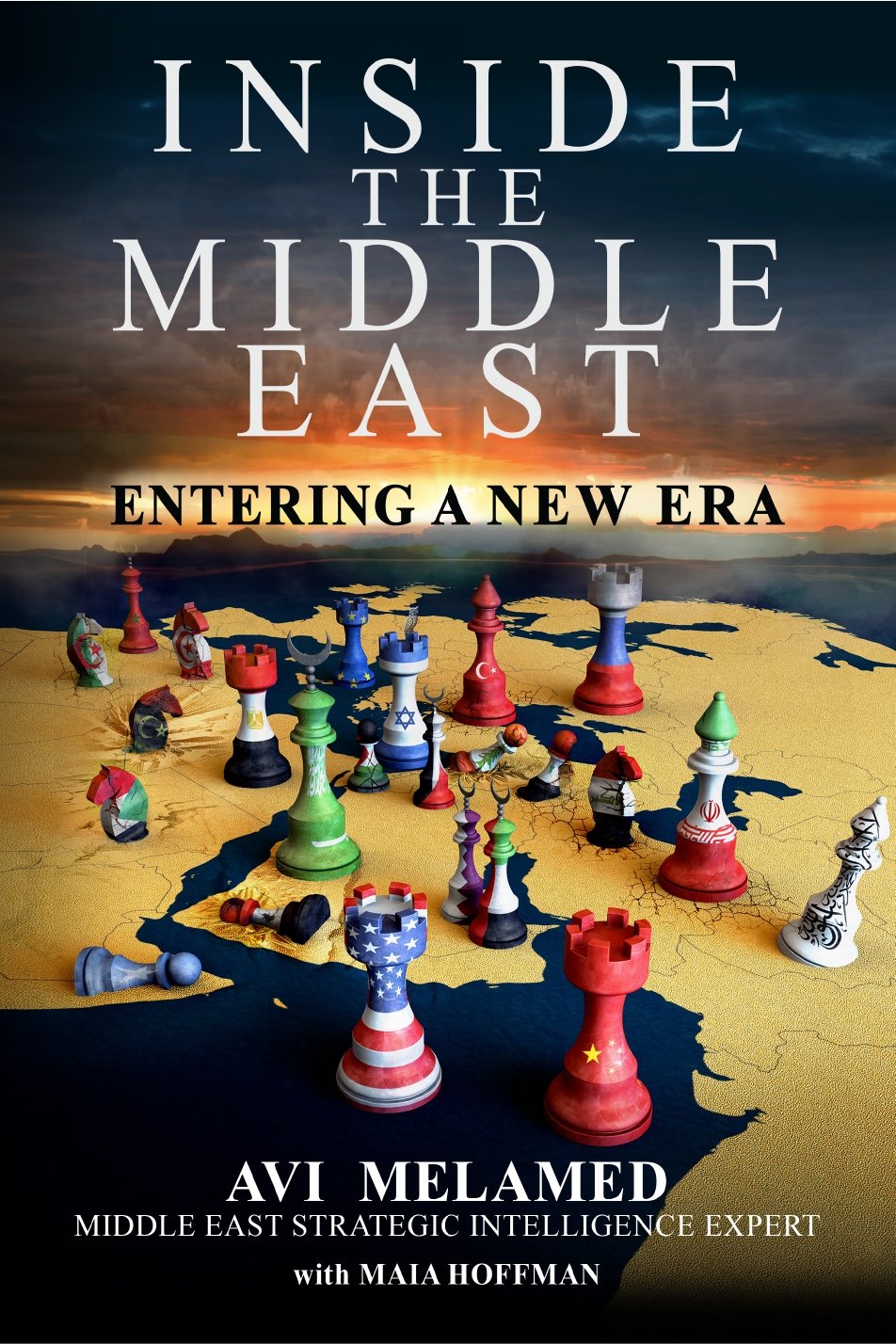|
Getting your Trinity Audio player ready...
|
The Question of Hamas Disarmament | An article by Avi Melamed | Podcast version powered by Ai.
President Trump’s peace plan regarding Gaza includes an unequivocal demand that Hamas disarm. This demand is officially supported by regional states and is also included in the Saudi–French peace initiative as a precondition for the establishment of a Palestinian state. A similar condition was set by Palestinian Authority President Mahmoud Abbas, who has made the disarmament of Hamas a prerequisite for the PA’s return to governance in Gaza.
Hamas representatives, however, have offered vague and evasive responses on the issue. Khalil al-Hayya, deputy head of Hamas’s political bureau, stated that Hamas’s weapons are an internal Palestinian matter that requires a national consensus. Senior Hamas official Dr. Mousa Abu Marzouk said Hamas would hand over its weapons “once a Palestinian state is established.” Another politburo member, Mahmoud al-Nazzal, claimed that it is impossible to give a definitive answer on disarmament because other Palestinian factions also possess weapons. Hamas spokesman Hazem Qassem downplayed the issue, insisting that Hamas does not possess significant weaponry and that the threat it poses is exaggerated.
According to Basharah Bahabukh, an American mediator with Hamas, “Hamas would be willing to hand over its weapons but seeks to retain light arms for self-defense.”
Opposite Hamas’s stance stands Israel’s uncompromising position — fully supported by the Trump Plan and by several regional states — demanding Hamas’s complete disarmament.
Arab commentators themselves are divided. Fares al-Sarafandi argues that Israel’s insistence on Hamas’s disarmament is merely a pretext to perpetuate Israeli control over Gaza, similar to its presence in parts of southern Lebanon. In contrast, Lebanese analyst Muhammad Barakat asserts that both Hezbollah and Hamas are making the same strategic mistake by refusing to disarm. He explains that their refusal only increases military and political pressure on them, thereby deepening their own crises.
At present, the issue of Hamas’s disarmament appears deadlocked. International law expert Ayman Abu Aisheh offers an interesting perspective: he explains that handing over weapons to an adversary symbolizes surrender and the end of armed struggle, whereas depositing weapons with a neutral, legitimate party does not necessarily indicate defeat. Hamas, he suggests, might ultimately adopt this path. On the other hand, Tunisian commentator Al-Habib al-Mabarki argues that the demand for Hamas to disarm must be rejected outright, as it would amount to the imposition of a one-sided solution.
The debate over Hamas’s disarmament is part of a broader regional struggle over sovereignty and the authority of legitimate, elected governments. In Arab discourse, there is growing recognition that the proper functioning of a state requires full sovereignty — measured, among other things, by the principle that only the national army holds weapons, under the authority of a legitimate government. Within this framework, there is no place for semi-state actors that operate simultaneously as political parties and armed militias, using force to impose their agendas or serve external interests.
To illustrate, imagine a scenario in which the Republican and Democratic parties in the United States each maintained their own armed forces to advance their political agendas. The result would be chaos — a recipe for national disaster.
That is precisely why Hamas is required to disarm. And it is also why wealthy Gulf monarchies such as Saudi Arabia and the United Arab Emirates continue to withhold the massive funds — estimated at around $70 billion — needed to rebuild Gaza (and likewise Lebanon), as long as Hamas and Hezbollah refuse to lay down their arms.
It is worth recalling a fundamental fact in this context: Hamas — like Hezbollah — claims that its goal is the “liberation of Palestine,” and that its weapons are “sacred weapons” meant to achieve that liberation. The very raison d’être of Hamas and Hezbollah rests on the slogan of “liberating Palestine through the weapons of resistance.”
However, if they no longer possess weapons, their existence loses its justification. In this sense, Hamas, Hezbollah, and similar organizations operating under the banner of “resistance” and the slogan of “liberating Palestine,” assert that their arms are intended to defend their brothers and sisters from the Israeli threat. Yet, following their defeats and the devastation they brought upon Lebanon and Gaza, both Hezbollah and Hamas now face fierce criticism in the Arab discourse — criticism that centers on three key facts:
- The weapons of “resistance” have not liberated Palestine.
- Those weapons have not protected the Lebanese or Palestinians; rather, they have brought them ruin and death.
- The weapons of “resistance” are in fact directed inward — against the Lebanese (in Hezbollah’s case) and against the Palestinians (in Hamas’s case).
A particularly accurate expression of this critique comes from Saudi analyst Nawaf al-Tabinawi, who wrote in his article “The Two-State Solution Threatens the Axis of Resistance”: “The axis of resistance rejects the two-state solution because the survival of the axis depends on the continuation of the conflict. Political resolution strips the axis’ weapons of their fabricated sanctity, revealing that their deployment has often been a means of dominance — domestically and regionally — rather than a project of liberation.”
The Question of Hamas Disarmament | An article by Avi Melamed | Podcast version powered by Ai.
If you want to have a better understanding of the news and what really drives the unfolding events… Read the latest book of Avi Melamed,
INSIDE THE MIDDLE EAST | ENTERING A NEW ERA, available now >>>
Follow me on Twitter @AviMelamed; Facebook @InsideTheMiddleEast; for more Videos on YouTube https://www.youtube.com/c/AviMelamed
I can always be reached at Av*@********ed.com
































































